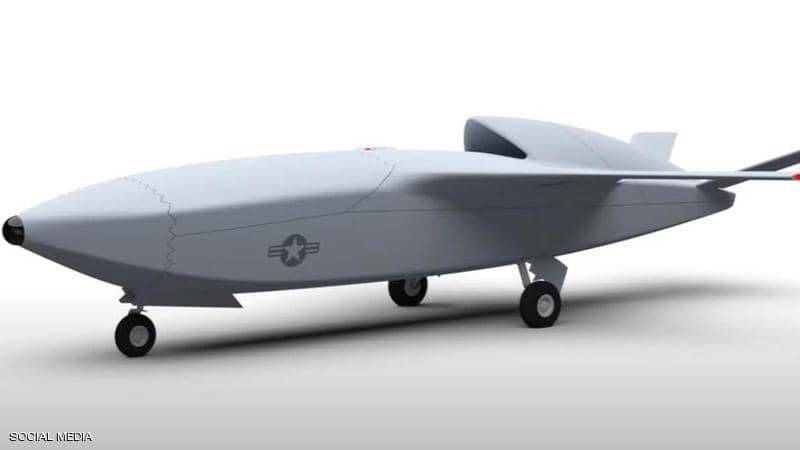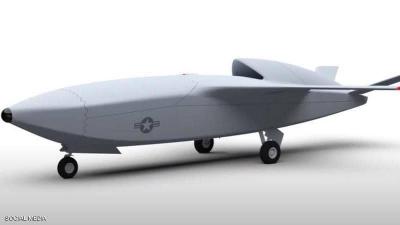Under the title "Future Battles: Drones with Extraordinary Capabilities," Sky News reported that on June 24, a 44-foot-long drone flew over California, signaling the success of a new test for the "Skyborg Vanguard" drone program. These drones are now capable of accompanying fighter jets in battlefields, undertaking dangerous missions, and potentially leading battles. The flight lasted two and a half hours using the MQ-20 Avenger drone manufactured by General Atomics, which features a wingspan of 76 feet.
This was the second test for the "Skyborg Vanguard" program, following an initial test in late April with a smaller drone produced by Kratos. The goal of the Skyborg program is to enable the U.S. Air Force to operate low-cost drones that can be maintained easily, allowing for rapid and decisive strikes against adversaries in contested environments. Currently, Boeing, General Atomics, and Kratos are developing drones for the Skyborg program.
**Unique Missions**
Drones operating under the Skyborg program can detect threats they face and identify the structures of both manned and unmanned aircraft, as well as assess risks and devise solutions to neutralize threats. Among the primary missions of these unmanned "Skyborg" drones is gathering and relaying information to pilots. Military experts believe the Skyborg program enables drones to perform unique and diverse tasks similar to those conducted by piloted aircraft, as they become capable of forward sensing. This means they can fly ahead of manned aircraft and analyze the area.
This type of drone can also provide additional weapon capabilities by launching missiles or bombs, or it can execute "cooperative electronic warfare" through jamming enemy signals. According to experts, this type of drone will be less expensive than conventional fighter jets, and since they do not carry humans onboard, they can be disposed of more quickly in dangerous situations. The new drones are expected to fly alongside tactical aircraft such as the F-35 and F-15EX, carrying out missions that are perilous for human pilots.




